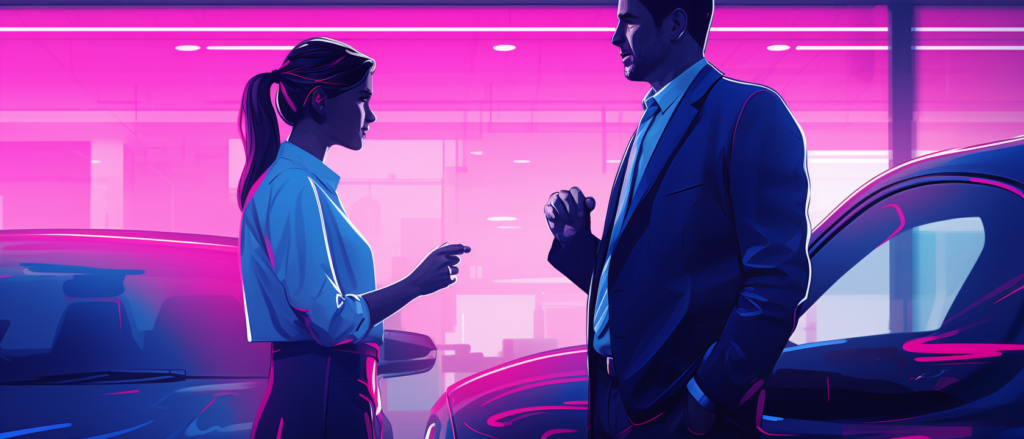
When you plan for a long drive, you usually have the car serviced, you fill the tank and you have maps or a reliable GPS to ensure you know where you are going. You will probably also consider the time it is going to take to your destination, but, how much attention to you take to your general alertness before embarking on a long journey.
Last month, on a break from work, I took the opportunity to travel by car to North Queensland in the North Eastern part of Australia. I travelled several thousand kilometres over a couple of weeks, mostly travelling on my own with my dog, and broke up the journey several times to catch up with friends scattered up and down the coastline.
My longest day of driving was a twelve-hour stint from Brisbane to Mackay – just under 1000kms. To put this road trip in context, the highways in North Queensland are mostly single lane and the weather is unpredictable, especially at this time of year. It is summer in the tropics, extreme heat and harsh sunlight peppered with sudden tropical storms, so it was critical I remained vigilant to the road conditions and traffic.
Fortunately for me, I work for a company whose primary purpose is developing technology and products to eliminate drowsy driving. Because of this, I was able to access our new product prototype, the eagle PORTABLE, along with our prototype wireless glasses, and test them out myself. The eagle PORTABLE is a small smartphone-sized unit, which when paired with our new prototype wireless glasses, displays your drowsiness score using the Johns Drowsiness Scale (JDS™). The unit can be placed inside a car, much like a smart phone, with no installation time. It can be powered by battery or connected with an in-car charger. Of course, with any new product there are some things you need to adjust to, but the overall learnings from using the eagle PORTABLE were far more eye opening.
Here are some of the critical points when taking a long drive.
- Driving breaks are essential
Granted, I did not actually sleep when I stopped most of the time, but I did have pretty regular breaks; every 2-3 hours or so. My breaks usually involved stretching my legs, filling the tank and often I had something to eat. It’s important to note, I don’t drink coffee and didn’t have any form of caffeine at all, so I was unable to use that for a temporary fix. Every break was prompted by a risk warning on the eagle PORTABLE unit. Sometimes this was a medium risk warning but I also received high risk warnings on more than one occasion. As soon as I received a risk warning, I knew I had to start looking for a place to stop, and in this particular part of the country, that can be harder than you think.
- Do not underestimate how quickly you can become drowsy
Several times, not long after having a rest stop I was recording medium alerts (JDS™ score 4.5-4.9) which meant I was in danger of becoming drowsy. Over time, I found regular breaks absolutely critical to keep my JDS™ score down, but it was important not to become complacent. Even when I was feeling reasonably rested; my score could jump up pretty quickly.
- Do not rely on how tired you feel
After a few days, I realised I could not rely on how I felt to determine if I was in danger of a drowsy-driving incident. Because I have access to lots of good information about drowsiness, I understand it is impossible to predict when you are going to fall asleep, but what shocked me, was my inability to read my own drowsy driving signs without the use of our technology. At times I thought I was reasonably alert, but moments later I received a risk warning. Given I know the technology is scientifically proven and has had rigorous testing, I knew to trust the score. But, apparently you get used to the feeling of drowsiness – in fact most of us feel this way 50 per cent of our lives.
The other surprise for me related to my adrenaline levels, which often kicked in when I had to overtake a vehicle on a single-lane highway, or if I was driving an unfamiliar stretch. During one such leg, I drove through a severe tropical storm. The conditions were so bad I slowed to 80km per hour and had significant visibility issues. I continued driving though as I surmised it was probably more dangerous to pull off onto the side of the road as oncoming traffic would be more of a hazard. So my adrenaline was pumping and I thought I was extremely alert, but I actually received a medium risk warning while in this heightened state. The problem is your adrenaline only takes you so far and eventually that drowsiness kicks back in. As they say, there is no cure for fatigue except sleep.
- Plan ahead
Like me, you may be taking a trip on a remote highway which has limited rest stops, or you may start the journey feeling extremely alert, but this will undoubtedly change over time. The important thing is to plan for unexpected outcomes. Don’t make your schedule so rigid that you cannot take breaks when necessary. “Pushing through” the fatigue barrier does not work and eventually your body will just make you sleep. Our research shows more than 65% of people have admitted to having a micro sleep and you do not want this to happen while you are travelling at 110 kilometres per hour. It’s just not worth it.
- The automotive industry has not made us safer
Given the car I drive seems a lot safer than the one I used to travel in as a kid; I would have assumed fatigue wouldn’t have been as much of an issue as it once was. Wrong! My car’s gas tank is now much more efficient than cars we used to drive and that means you don’t have to stop as often – so you’re on the road longer. Plus, the lives we lead are far more hectic. Studies show people are often sleep deprived, with blue light from mobile phones, tablets and other new technology affecting the quantity and quality of sleep. I have suffered from insomnia for years along with a large number of others, but I’m still driving on busy roads, and so far, no automotive manufacturer has come up with a way to make sure I don’t fall asleep at the wheel.
Of the many lessons learned, the most important is that I can honestly say this experience has changed my approach to long-distance driving. I would never again take such a drive without this technology keeping me alert and alive.


